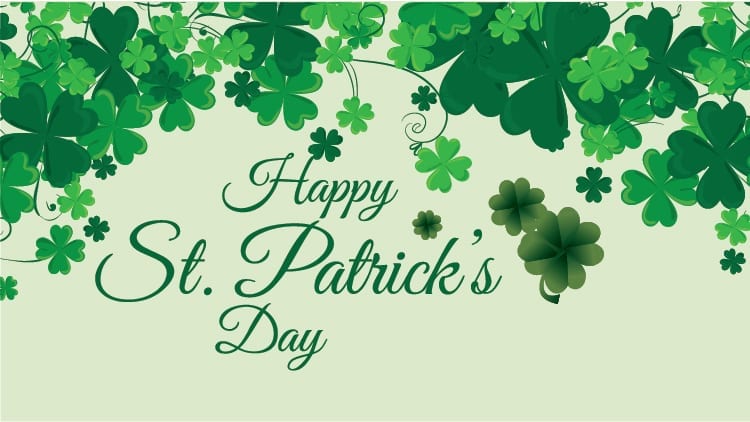Saint Patrick’s Day is the feast day of Saint Patrick, the patron saint of Ireland. The man who would be called Saint Patrick was born in Roman Britain in the late 4th century. At the age of 16, he would be kidnapped and taken to Ireland as a slave. Ultimately, he escaped and returned home, but returned to Ireland in 432 A.D. to convert Ireland to Christianity.
By the time of his death on March 17th, 461, Saint Patrick had accomplished building significant numbers of schools, churches, and monasteries. After his death, many legends would come to be associated with Saint Patrick, including the often retold myths of his driving the snakes out of Ireland, and using the Shamrock to represent the Holy Trinity. Ireland would come to celebrate this holiday with church services and feasts.
It was immigrants in the United States and Europe who transformed St. Patrick’s Day into a primarily secular holiday of revelry and a celebration of all things culturally Irish. U.S. cities with large numbers of Irish immigrants, who wield significant political power, stage extensive celebrations, which include elaborate parades. Boston held the first of its now famous St. Patrick’s Day parades in 1737, followed by New York City in 1762. Since 1962, Chicago, IL has colored the river green to mark the holiday.
The Irish and non-Irish alike commonly participate in the “wearing of the green” which involves sporting an item of green clothing or a shamrock, the Irish national plant, in the lapel. Corned beef and cabbage are associated with the holiday, and beer is often dyed green to celebrate the day. While many of these practices have been adopted by the Irish themselves, they have done so largely for the benefit of foreign tourists.
After the parades and the celebrations have ended, it is time for the inevitable clean up. Atlantic Sweeping & Cleaning can help. Call us today for all of your post parade and post celebration sweeping needs!


